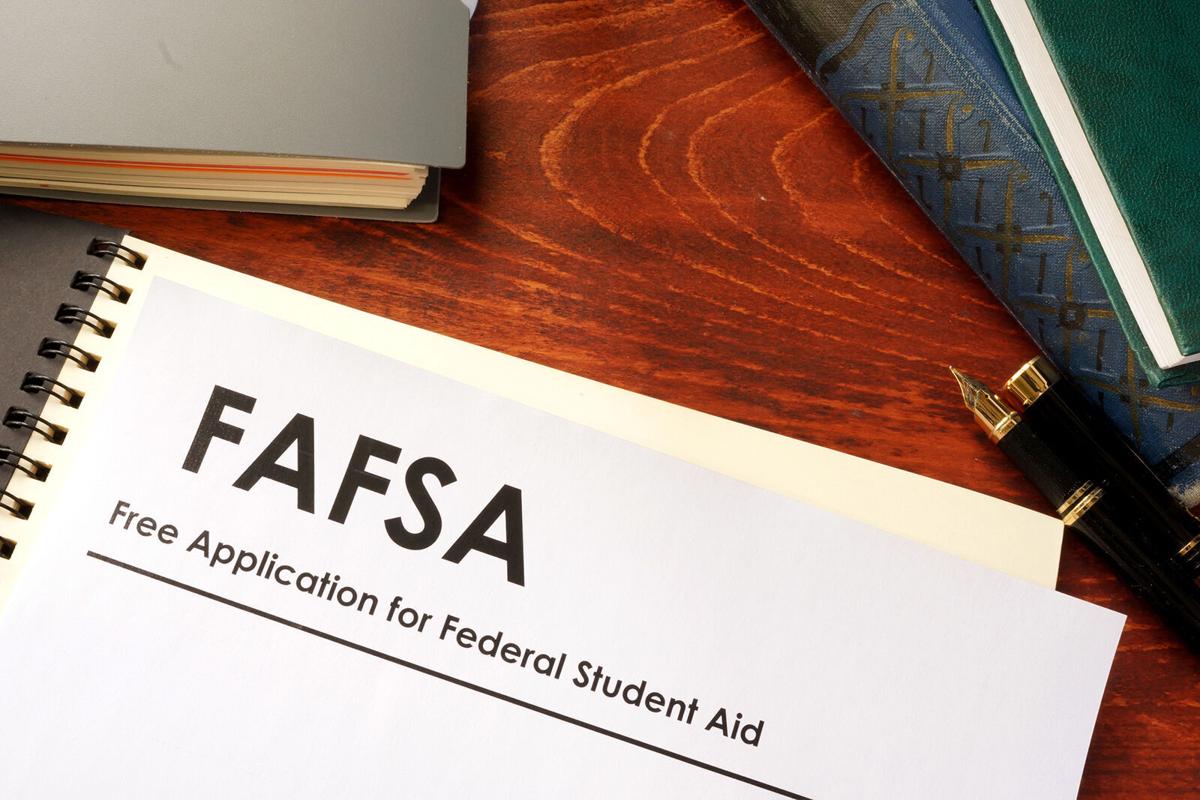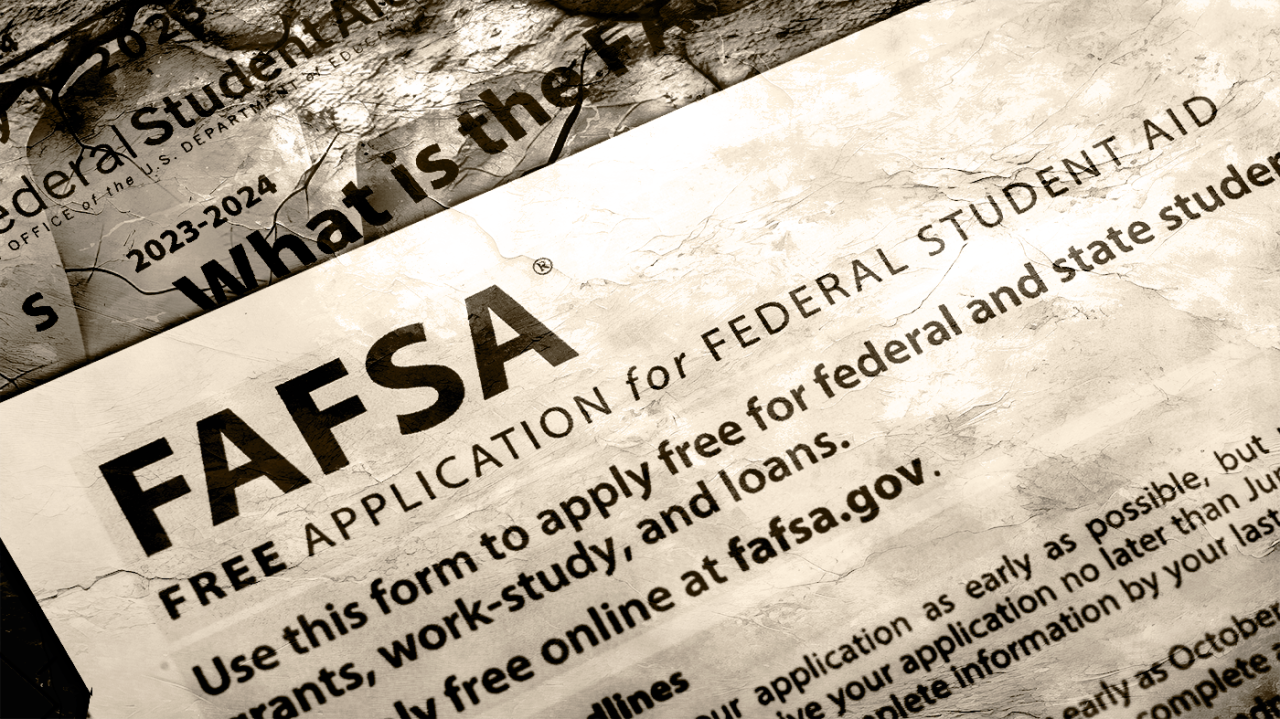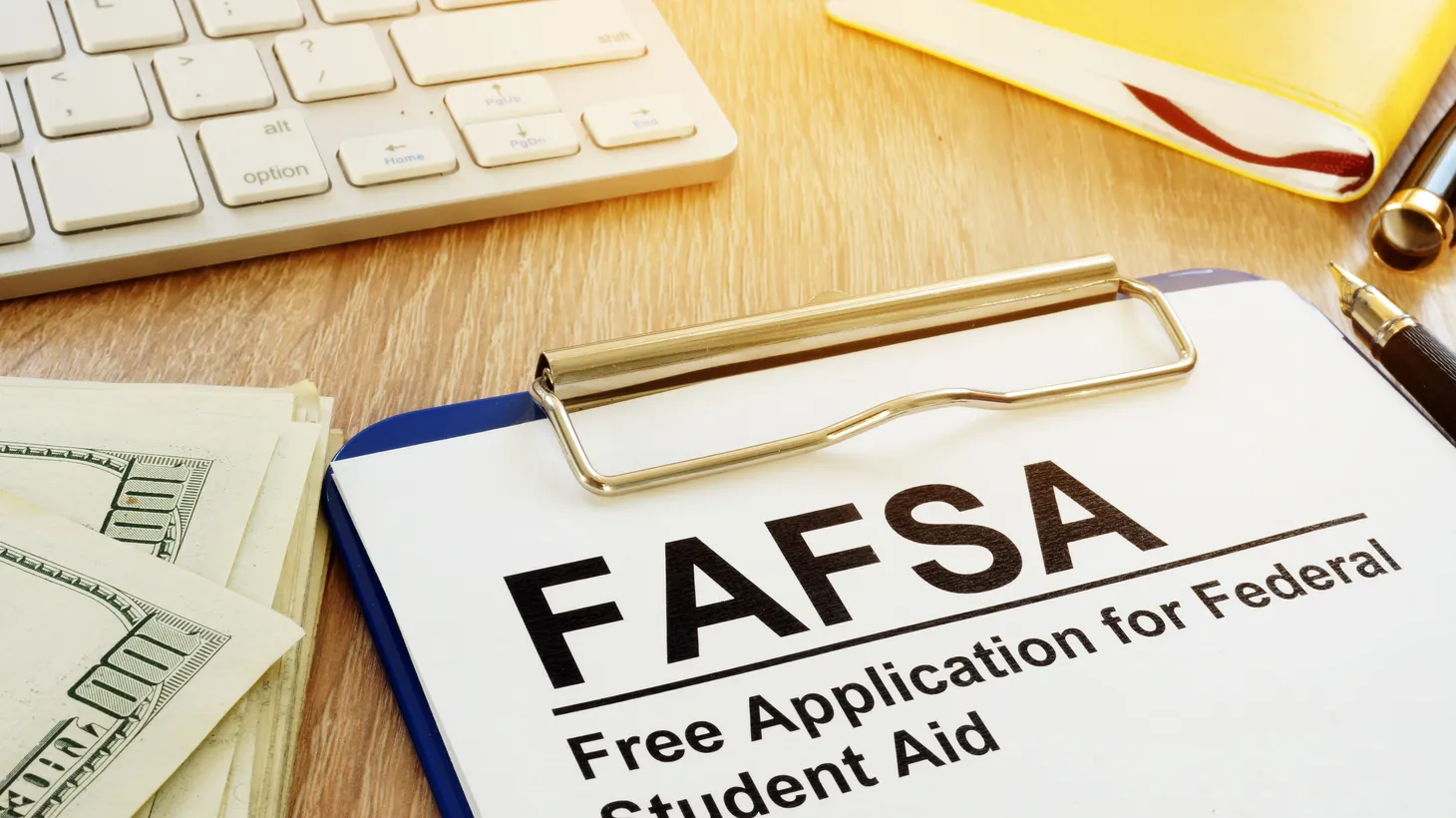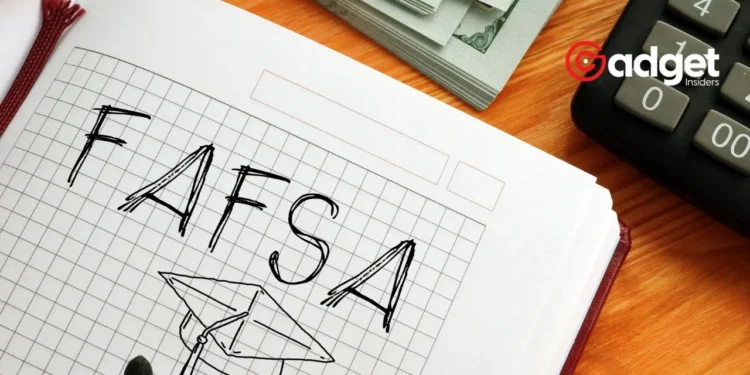The path to securing financial aid for college has hit a bump this year, casting shadows of uncertainty over students nationwide. With the latest FAFSA rollout marred by technical difficulties, the quest for college funding is more perplexing than ever. This guide demystifies the complexities surrounding the 2024-2025 Free Application for Federal Student Aid (FAFSA), offering crucial insights into the delays, changes, and extended deadlines.
Understanding the FAFSA Frustration
The FAFSA is the gateway to financial aid for students, evaluating eligibility for scholarships, grants, and loans. Traditionally, this process kicks off on October 1st for the upcoming school year. However, this year’s introduction of a revamped FAFSA form, heralded by the Department of Education under the FAFSA Simplification Act of 2021, encountered unexpected technical hurdles.
The changes, meant to streamline the application process by slashing the number of questions and introducing a more inclusive language option palette, have ironically complicated the timeline.

“Schools only began this month to receive the financial information needed to determine student aid eligibility,” reveals James Lewis, CEO of the National Society of High School Scholars. The ramifications of these delays are profound, affecting decision-making timelines for countless families.
Key FAFSA Changes and How They Impact You
– **Question Reduction and Language Inclusion**: From a daunting 103 questions to a mere 18, alongside availability in 11 common languages, making the FAFSA more accessible.

– **Introduction of the Student Aid Index**: This new metric supersedes the Expected Family Contribution, offering a more nuanced assessment of financial need.
– **Parental Contribution Clarifications**: For families with unmarried, separated parents, the primary financial contributor is now clearly defined.
These alterations, despite their intention to simplify, have necessitated patience and flexibility from applicants and institutions alike. Lewis advises students to actively communicate with prospective colleges for updates on financial aid and enrollment deadlines.
FAFSA Eligibility and Application Insights
Eligibility for federal student aid hinges on several factors, including enrollment status, citizenship, and access to tax information. Interestingly, the revamped FAFSA now accommodates applications from students and parents without Social Security numbers, widening the eligibility net.
Students are still waiting for aid offers from colleges after a delayed FAFSA rollout https://t.co/cKyMzQ6wlN pic.twitter.com/IrjwHqK2xN
— Evelyn Jones (@Jones_Evelyn1) March 31, 2024
For a smooth application process, prepare by gathering personal and financial documents, creating a Federal Student Aid (FSA) ID, and coordinating with contributors for their information. Timeliness is crucial, given the variability in college and state-specific deadlines.
When to Apply? Decoding Deadlines Amid Delays
The ideal FAFSA submission timeline has traditionally been as soon as possible after October 1st. Yet, the technical glitches of this cycle have led to a cascade of deadline extensions. For instance, California has notably extended its deadline twice, a testament to the nationwide scramble to accommodate the unexpected.
Despite these challenges, the silver lining remains that federal aid is still within reach for applications submitted by June 30, 2025. This flexibility ensures that, although the process may be fraught with delays, the opportunity for aid persists.

The Path Forward
The 2024-2025 FAFSA cycle serves as a reminder of the complexities embedded in the pursuit of higher education funding. As families navigate this turbulent process, staying informed, proactive, and patient is paramount.
With the adjustments to FAFSA and the ongoing commitment of educational institutions to support their students, the journey, though fraught with uncertainty, leads to a hopeful horizon for financial aid accessibility.
In a landscape where education is both a privilege and a challenge, the FAFSA remains a critical lifeline. As we adapt to its evolving contours, the collective effort of students, families, and institutions will illuminate the path to accessible, affordable education.










